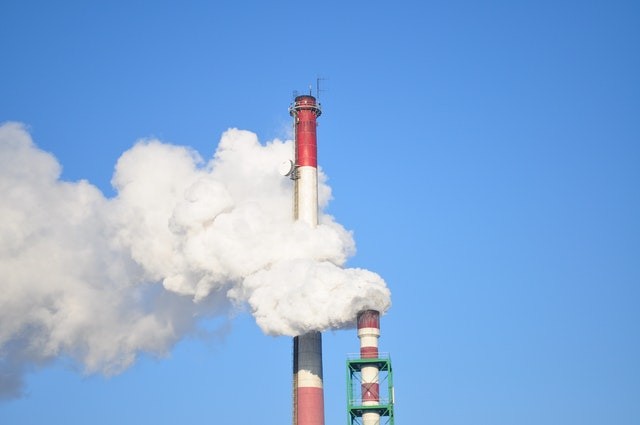Concrete is a substance meant for the foundation of our modern infrastructure. This concrete comes at a cost and has a number of appealing properties. One of the most environmentally damaging industries in the world is the Concrete Industry, which accounts for 9% of total global CO2 emissions in 2018.
Scientists are naturally searching for other ways to substitute this huge carbon footprint. One of the projects from the University of Michigan completely reduces the discharge of CO2 by infusing greenhouse gas into the concrete, thereby converting it into an effective and useful mineral. This concrete is also flexible, resulting in less fragile structures that need fewer materials to reduce emissions.

The Cement Industry
The formula used for concrete is simple. It's the aggregate mixture of rocks and sand coupled with cement and water. Materials to be used will vary depending on the type of structure. Close to 80% of concrete carbon discharge comes from cement, which sums over 8% of the world's carbon dioxide emissions.
The cement industry contributes more carbon dioxide than aviation fuel which is 2.5% and close to the global agriculture business which is 12%. If the cement Industry happened to be a country, it would be the third-largest emitter of carbon in the world - close to China and the United States. This shows why cement is the first thing researchers look to hone for reducing emissions.
Approach Used To Lower Emission
One approach used to lower emission is by using less cement in the concrete, substituting some of it with iron slag and coal ash. Most of the positive results to reduce emissions by at least 20% arise from mixing calcined clay with the aggregates. But the aim of the researchers at the University of Michigan is to separate the built environment carbon footprint in half, in order to boost productivity in 2030.
One project that followed suit is a new composite organized to react with carbon dioxide to form minerals so that the greenhouse gas can be deposited in the concrete instead of becoming a by-product. This flexible concrete has a number of attractive properties. Lab experiment showed that carbon dioxide healing has considerably enhanced the concrete's durability and strength, but results can vary depending on the mixes and procedures of the concrete.

Concrete Flexibility
The most interesting part of the property is that the resulting concrete is flexible, which allows thinner and less fragile structures to be constructed thereby reducing the requirements for reinforced steel and lowering the carbon footprint of a construction project. Flexible concrete is also desirable because it can resist earthquakes. For example, the tallest residential tower in Japan, a 61-story kitahama building, was built using this type of concrete.
These improvements are important in the context of disintegrating federally-managed infrastructure. As estimated by the American Society of Civil Engineers, the United States needs to spend over $4.5trillion by 2025 to repair the country's roads, bridges, dams, etc. It's obvious that the United States infrastructure is in need of reconstruction to catch up with the economic fallout due to the pandemic.
RELATED ARTCLE: For more news, update about Co2 and similar topics don't forget to follow Nature World News!
Nature Health: 6 Ways To Reduce Your Carbon Footprint
© 2026 NatureWorldNews.com All rights reserved. Do not reproduce without permission.





